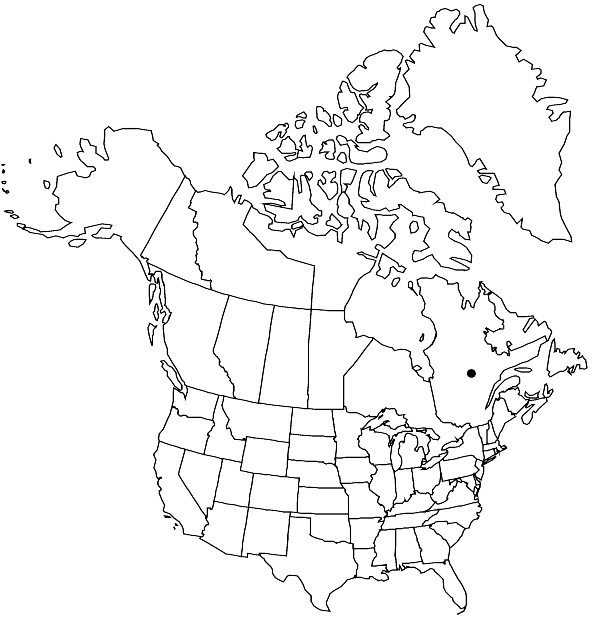Sphagnum splendens
Bryologist 70: 193, figs. 1–4. 1967,.
Plants moderate-sized, pale brown and shiny, capitulum well defined. Stems yellowish, superficial cortex of moderately well differentiated. Stem leaves triangular, 0.7–0.9 mm, appressed to stem; apex apiculate; hyaline cells efibrillose and nonseptate. Branches moderately tapering, leaves only moderately larger at branch tips. Branch fascicles with 2 spreading and 2 pendent branches. Branch stems green; cortex enlarged with conspicuous retort cells. Branch leaves ovate-lanceolate, 1–1.4 mm; straight; stiff, not undulate and slightly recurved; margins entire; hyaline cells efibrillose, convex surface with 1 pore per cell at cell apex, on concave surface with round wall thinnings in the cell ends and angles; chlorophyllous cells triangular in transverse section and well enclosed to just reaching concave surface. Sexual condition unknown. Spores unknown.
Habitat: Moderate elevations
Distribution

Known only from the type locality, Que.
Discussion
Sporophytes of Sphagnum splendens are unknown. The lack of any fibrils in the branch leaf hyaline cells gives it an unusually glossy appearance that should make it readily identifiable in the field. The facts that it differs from S. fallax in only one character and that it is known only from the type locality make S. splendens questionably distinct to some observers. More investigation is needed.
Selected References
None.